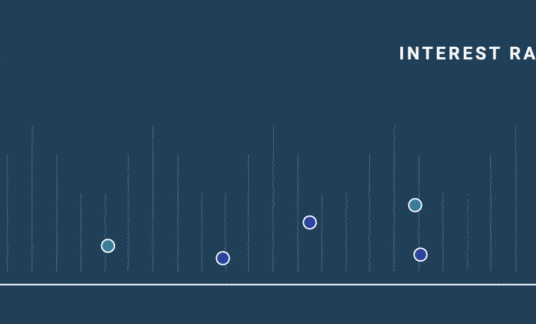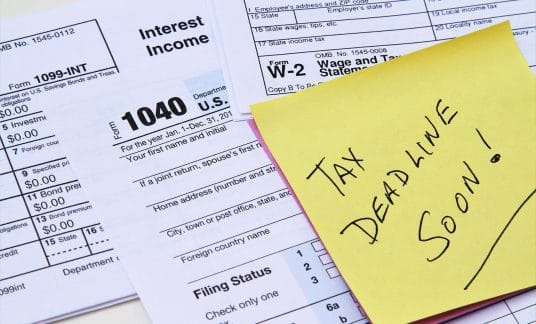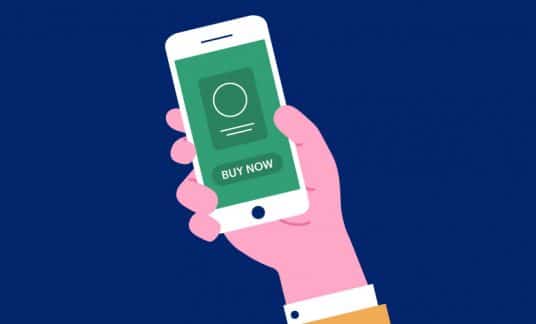The retail industry is constantly changing thanks to advancements in technology. Many companies today are investing in virtual assistance tools, predictive analytics, market research and efficient software solutions to offer users faster and more convenient shopping experiences.
If you want to stay ahead of the pack, discover the latest retail technology trends that could significantly impact your business.
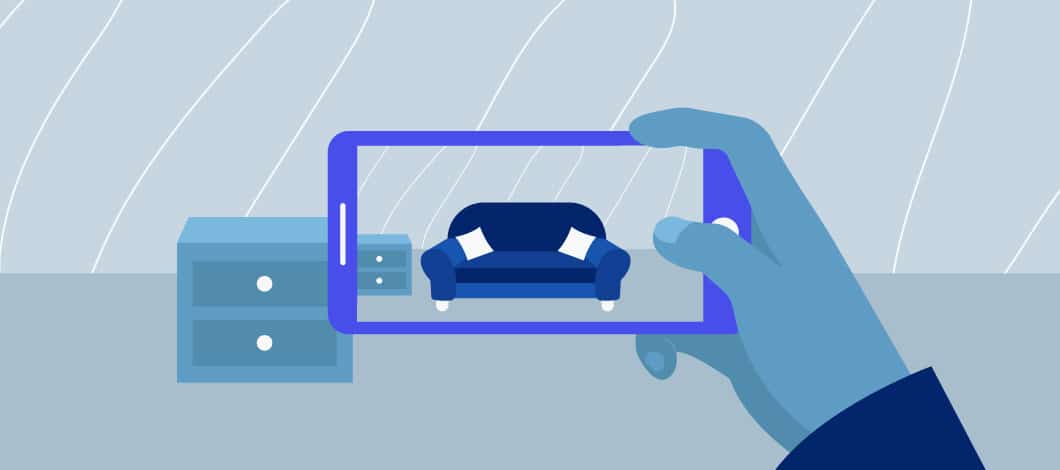
1. Augmented Reality
Not long ago, purchasing furniture meant you would take measurements, keep your room’s color scheme and style in mind and hope for the best. Now augmented reality (AR) technology in retail stores has changed the game, not to mention mobile AR.
According to global data posted on Statista, 44% of Gen Z and Millennial shoppers indicated they’d used AR to help them with their shopping experience. Additionally, while 35%-47% of consumers across generations haven’t tried AR-assisted shopping yet, they would if given the chance.
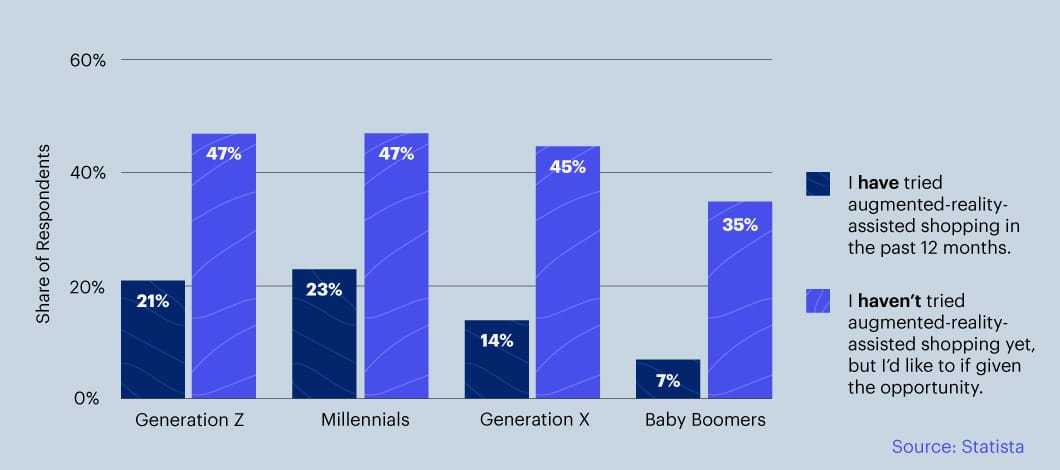
Today, Google’s ARCore and Apple’s ARKit let customers see new products in their homes before making a purchase. Additionally, stores such as IKEA and Wayfair enable customers to use innovative retail technologies to browse products online and use their cameras to digitally place items anywhere in the room.
There’s no need to imagine how a product will match your carpet or wallpaper. Want to find out if the couches will fit in your living room? Easy. How will these decorations complement your space? Just tap to find out.
Some apparel stores, such as Timberland, even let users see themselves in new clothes by standing in front of AR mirrors. That’s a lot faster than going to a fitting room to change in and out of various outfits.
2. Omnichannel Experiences
Another retail tech trend is the rise of omnichannel. Customers use multiple platforms to research, browse and purchase products, in person and online. They might learn about a product through Instagram, shop on the website, call customer service for inquiries, get in touch with chatbots and browse in-store.
Also, with omnichannel, there’s no need to explain the same problem to customer service every time you’re transferred to another person or have to make a return call. The company has a record of past conversations and can contact you to follow up and find out if your issue has been resolved. This ultimately leads to a premium shopping experience where customers are more loyal and satisfied.
Harvard Business Review surveyed 46,000 shoppers and found that shoppers who used more than 4 channels spent 9% more than those who only used a single channel. After 6 months, customers with an omnichannel experience made 23% more repeat trips to the retail stores. They were also more likely to promote the brand within their network when compared with those who only used 1 channel.
Omnichannel experiences can also lead to ingenious marketing campaigns. For example, Pinterest ran an omnichannel campaign in which it displayed ads on the site for featured fragrances. Once a segment of potential customers that viewed the ads was identified, the company encouraged them to claim a free sample, which would be delivered to their doorstep. After that, customers were provided with a website link to find more information about the fragrance and locate nearby stores that sold them.
Leveraging omnichannel experiences lets brands interact with customers through various digital and physical touchpoints and more effectively engage them in their products and services.
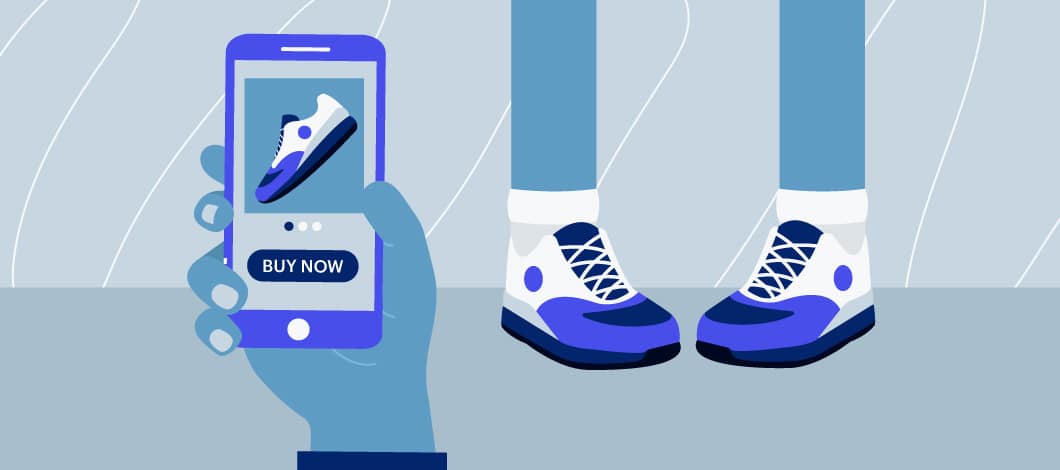
3. Personalization
Personalization is a new retail technology trend that is taking hold, and as in life, it makes people feel special.
On a small scale, consider the coupons you might see in your grocery store app for items you may have purchased before but haven’t bought in a while. On a larger scale, consider online clothing retailers that send out personalized outfits based on consumer styling preferences and sizing requirements.
Today, 71% of consumers want and expect personalization from companies, while 76% are displeased when businesses don’t personalize, according to a McKinsey & Company survey. What’s more, personalization leads to 40% more revenue, and 78% of consumers are more likely to recommend and repurchase from companies that personalize.
4. Visual Search
As consumers, we’ve all had that “gotta have it” moment, whether with shoes, an outfit or a car. We might spend hours browsing retail stores or scouring Google images to search reviews, get more details and more.
Today, with the latest technology trends in the retail industry, users can simply snap a photo to find an online retailer.
For instance, with Google Lens or Pinterest Lens, users point their camera to an item to search for it. They may take a picture of a plate of food to find the recipe or place their phone camera lens on a watch to identify the brand, for example.
Pinterest reports 55% of shoppers believe visual search is important in developing their personal style. Additionally, 85% of surveyed respondents prioritized visual information over textual information when shopping for clothes and furniture.
Target integrated its app with Pinterest Lens so shoppers can take pictures of a piece of furniture or décor and find a similar item on their online store. This enables customers to get the products they want to buy instead of browsing through a search engine. This type of feature is especially useful for fashion and furniture products with a unique aesthetic.
To leverage such visual search tools as a retailer, you’ll need to upload quality images, which may require you to create a business account. You can then identify keywords that come up when your brand or product images are scanned. With Pinterest, you can even identify brands associated with your product by checking out related pins.
5. Voice Recognition
Another retail marketing technology trend to watch for this year is the rise of voice-assistive devices. If you’ve ever summoned Alexa to place an Amazon shopping order from your Echo device, you’ve got an idea of what AI-powered voice recognition can do. The same goes for Siri on Apple devices.
In fact, Statista recently reported that 34.9% of Americans had purchased online using a smart home speaker or digital assistant. Another 27.4% indicated they hadn’t tried this new retail technology trend but would like to purchase that way in the future.
From TV remote controls to cell phones, voice recognition is becoming more popular because of its convenience.
It’s no surprise that voice-powered, hands-free technology is growing. After all, we live in a world where perpetual multitasking is a way of life.
6. Touch-Free Payments
Similar to voice recognition tech in retail is touch-free payment technology.
Sure, Apple Pay on your cell phone and wearable devices is an innovative way to avoid contact when you pay, but what about palm scanning for payment? With Amazon One, a quick hovering of your palm over a scanning device is all it takes.
In fact, touch-free technology is projected to grow from a $9.6 billion industry to a $32.3 billion industry from 2020-2025, according to a recent global forecast report on the gesture recognition and the touchless sensing market.
7. Get It Now, Pay Over Time Models
Gone are the days of layaway. Instant gratification is what drives consumers. And for those with limited or no credit cards, who can’t afford the full purchase price or don’t want to spend a lot up front, there are renewed options – buy now, pay later programs.
The television shopping channel QVC is arguably one of the pioneers of this interest-free payment model, with its Easy Pay option. But ecommerce retailers are now offering similar installment payment options through such companies as Klarna and Afterpay.

8. Autonomous Shopping and Delivery
Though we aren’t in an episode of the Jetsons, robot and drone deliveries are here and appear to be a future retail technology trend taking over skies and streets.
In June 2022, Amazon announced its launch of Prime Air, which will deliver packages to the backyards of homes in select communities in Texas and California.
Additionally, some stores, such as Whole Foods, offer contactless shopping, which allows buyers to purchase items through an app and pick them up at the store by accessing a locker. Robot food deliveries are also around in select areas across the U.S.
When to Adapt to Retail Technology Trends
Before making any trend-setting changes to your retail technology, take a good look at what your specific target audience wants and needs. Also, think about what is cost-effective for your business and consider what adjustments would offer the greatest return on investment. Once you’ve decided on the best approach for your company, business financing can help fund your technology improvements.



